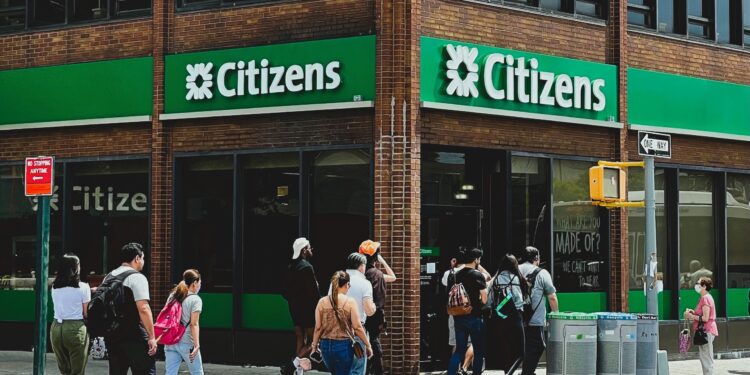U.S. lenders saw their second-quarter profits squeezed due to lower loan demand and higher interest rates paid to retain deposits. Banks such as Citizens Financial, US Bancorp, First Horizon, and Synchrony Financial reported increased rates on customer deposits compared to the previous year. This pressure is a result of the Federal Reserve’s quantitative tightening, which has driven the benchmark interest rate to its highest level since the 2008 financial crisis.
Despite these challenges, investment banking operations provided a significant boost. Citizens Financial experienced a 63% surge in capital market fees, driven by bond underwriting and loan syndication. A strong U.S. economy has encouraged companies to raise capital through bond sales, enhancing fees for investment banks, including major players like JPMorgan Chase, Citigroup, and Bank of America.
The KBW regional banking index reached its highest point in over a year, reflecting investor optimism, while the S&P 500 banks index also saw a modest increase. However, banks face scrutiny over potential weaknesses in their commercial real estate loan portfolios, with concerns highlighted by issues at New York Community Bancorp and First Foundation. Additionally, the Federal Reserve’s stress tests indicated that credit card loans and non-investment grade corporate credit, which are more prone to default, pose further risks to lenders.












